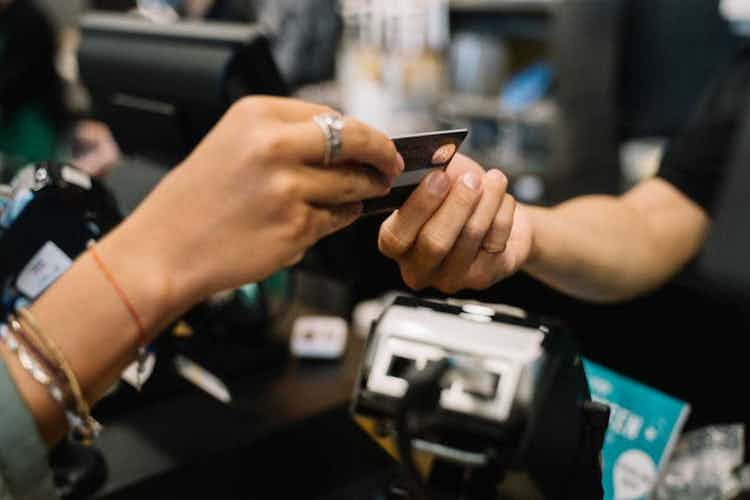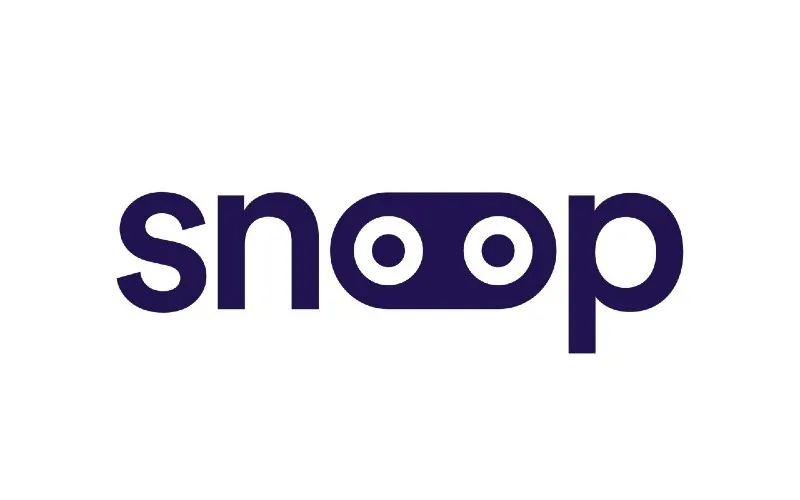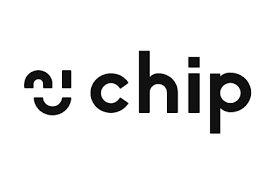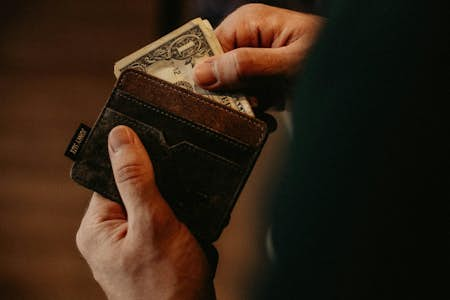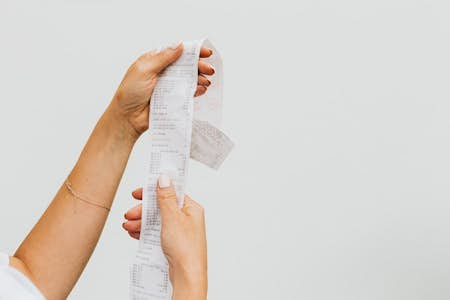Paying by plastic is as natural as brushing your teeth. You'll rarely get problems with your card, but it's a right royal pain when you do.
With so many ways to use your card, we want to help you understand how each method works so that you can troubleshoot your issues and know where to turn. To that end, let’s look at:
- The underlying process that makes card payments work.
- The different ways you can use your card and how they affect your bank balance.
- How extra online security works.
- Reasons why your card payment can get declined.
Quick note – credit card payments are processed through computer systems in the same way as debit card payments, so these processes apply to both equally.
How do card payments work?
As a customer, all you'll usually see is the company you want to pay taking your card details and getting authorisation. You then get the goods or services you want. When you check your bank statement a couple of days after the event, you'll see the money go out of your account.
Behind that simple and usually seamless process is a lot of communication. Knowing the process can help you understand where things can go wrong. There are two ways your payment can be accepted:
- Online authorisation means the company communicates with its bank. They then send a message to Visa or Mastercard, who ask for an answer from your bank. Your bank then sends an authorisation code back through the chain to the company.
- Offline authorisation cuts out the communication with your bank for small transactions – the company tells their bank they’ve authorised a transaction and will be processing it later. This type of transaction might take longer to reflect on your available balance.
The Bank of England is involved in the process, too. Visa and Mastercard will tell the Bank of England which banks owe each other money every day. Everything usually gets settled between accounts centrally – cutting out the need for millions of transactions to move around each day.
How long do card payments take to clear?
Usually, you will find a card payment on your bank statement three working days after you made the transaction. Your bank will usually hold card payments as “pending” once the transaction has been authorised to help you not overspend.
It’s worth noting that your bank won’t always know about your spending right away. How does that work with each type of payment?
Contactless card payment
Contactless payments have become more popular since the Covid-19 pandemic since you don't have to touch anything to pay. You hold your card close to the card reader, the machine beeps, and you've paid. You can spend up to £45 at a time and will need to use your PIN every £130. These limits are changing to £100 and £300 later in 2021.
This is an offline transaction; your bank won't know about it straight away. If you get spending notifications on your mobile banking app, you might notice that contactless transactions can take a while to buzz through.
Chip and PIN
You put your card into the machine at the till, enter your 4-digit number, and leave with your shopping. These transactions will be offline authorisations for small amounts, meaning your bank doesn't get told about the money immediately.
Larger transactions go for online authorisation to make sure you've got the cash in your bank and check there are no fraud alerts on your account. You'll see these come off your available balance immediately.
Chip and sign
Some people can't use a PIN for medical reasons. You can speak to your bank about having a chip and sign card so you can use your signature rather than PIN to authorise transactions. Which type of authorisation will depend on the value of the transaction, like with chip and PIN.
Online payments
When you use your card online, you type in your 16-digit card number, the expiry date, and the CVV/CVC code from the back of your card. You usually need to include the address that matches with your bank account as an extra anti-fraud check, too. Most online transactions will be online authorisations.
Are online card payments secure?
It’s normal to be a little concerned about using your card online. We hear lots of scare stories about scams and theft of your details; being cautious is normal.
Visa and Mastercard work hard to keep your payments secure, alongside your bank. You’ll likely have come across processes called Verified by Visa or Mastercard SecureCode. You should look for these systems' logos on any website you use to know your transaction will be safe.
Sometimes, for large amounts or when you use a new computer or phone, you may be asked for extra security. What you're asked for will vary by bank – some will have a special password that you choose, others will send a one-time code to your mobile phone. Don't be afraid of these systems; they're there to protect your money.
Why did my card get declined?
How annoying is it when your card gets declined? You feel like you have to justify to the cashier, “I’ve got £300 in there, I’m only spending a tenner!”. The most common reasons your payments get declined are:
- There’s not enough money in your account – sometimes your incomings can be delayed, so check your bank's mobile app or pop to the ATM to check your balance.
- Communication systems broke down – that chain of communication that we went through a moment ago can take too long, and the system will just stop trying. The message doesn't even make it as far as the bank sometimes, so they might not be any help – check if your available balance changed and try again.
- You’ve got a fraud alert – lots of things can trigger a fraud alert on your bank account, and the bank will stop your card until they confirm you are the one using it. You won't get told there's a fraud alert, so you need to contact your bank directly if you get lots of declined transactions.
How do credit and debit card payments work?
The systems that process your card payments can feel quite technical. It’s worth getting to grips with the basics so you can understand your bank statements a little better.
Messages need to get sent between companies and banks to get money to the right places. You will rarely need to be involved in this process, but you should be aware that not everything you do shows on your bank balance straight away.

